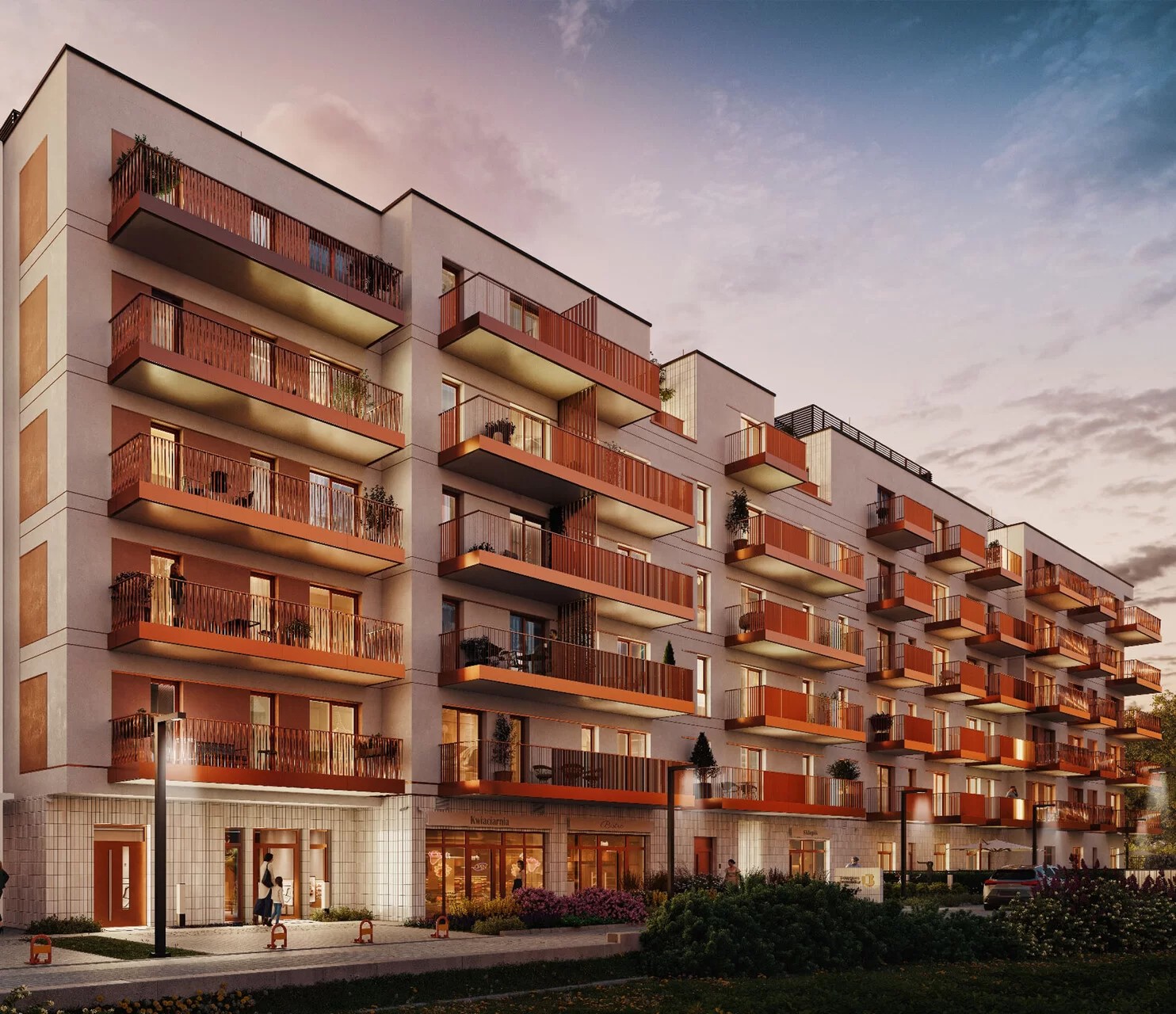Europe’s property sector is in the midst of a cyclical downturn which is coinciding with long-term structural changes to real estate, according to the latest 18th edition of the Emerging Trends in Real Estate Europe report. However, real estate generally is seen as one of the few asset classes to generate acceptable returns at a time of low or negative interest rates.
The PwC and Urban Land Institute (ULI) survey of almost 1,000 industry leaders across Europe says that retail and offices will be most affected, due to widespread uncertainty related to rent collections amid the pandemic. This has led to investors increasingly assessing the underlying operational risk of the occupiers, and focusing on their own strengths as operators of real estate to keep the income secured.
Capital flows into the sector are also altering how funds can be deployed and there is a strong likelihood that domestic and European investors will play a much greater role in Europe. While a majority still expects Asian capital flowing into Europe to increase, this percentage is significantly lower than previous years, with interviewees citing the inability of overseas investors to visit a property in Europe before buying it.
The challenges around business travel and potential future lockdowns are raising concerns about deal sourcing. The industry had been working through a pipeline of deals originated pre-pandemic, subject to conventional due diligence, and mostly with existing partners.
However, the assessment of new opportunities within restrictions and the difficulty of building up new relationships in a ‘zoom-era’ might significantly slow down the transaction volume further going forward. At the same time, this could give an advantage to those players with a greater footprint with resources in place on the ground in more countries and profit the real estate markets in the bigger countries, such as Germany, with sufficient critical mass and the possibility to travel domestically and overcome some of the restrictions.
The ‘Digital Switch’, the increased pace of digitalisation around the globe boosted by COVID-19, is also having an impact on investors’ sector preferences, with logistics, data centres and communications towers and fibre identified as having strong potential. In addition, life sciences and healthcare are coming out favourably, a trend accelerated by COVID-19, as well as residential that is still high on the list of investors.
Lisette van Doorn, CEO of ULI Europe, said: “European real estate is at a turning point, trying to work out its future role in society while facing the cyclical challenges following the outbreak of the pandemic earlier this year and the ongoing uncertainty this creates.
“COVID-19 has fast-forwarded a number of trends already started, for example, related to digitalisation, remote work and online shopping, but given the artificial environment amidst ongoing lockdowns and government support to employees and businesses, it remains hard to work out the long-term impact.
“The search for yield, which is now even more dominant than pre-COVID, continues to attract investors to real estate, especially core and income-generating, such as residential that continues to appeal to investors, in the ‘safest havens’ across Europe.”
Gareth Lewis, Real Estate Director at PwC UK, said: “The pandemic has amplified a number of previously identified structural trends. These include the uptick in e-commerce and remote working, causing investors and the industry at large to re-examine the historical risk and return profile for many types of real estate.
“It’s clear that at this time of significant uncertainty investors continue to see Europe’s core cities as safer bets and there remains cautious optimism. With London jumping up two places to second in the rankings – despite the challenges faced by all major cities – many investors see the long-term value.
“Further, central banks’ decisions to depress interest rates for the foreseeable may see an uptick in investment activity as pent up capital is deployed.”
Simon Hampton, Real Assets Leader at PwC UK, said: “The uncertainty of this year has shifted priorities in the sector; we’ve seen a move away from the mainstay sectors of retail, hospitality and leisure, a pause in relation to office, and strengthening demand for alternative sectors such as housing, data centres, life sciences/health, energy and communications infrastructure and a continued desire for industrial property and logistics warehouses – which all benefit from growing demand in this new environment.
“There’s a growing requirement to look more closely at the value that can be derived from these demand shifts, and newer, emerging asset classes. Investors in the sector are therefore looking beyond real estate and into broader real assets – the built environment and infrastructure that surrounds us. These are all inextricably linked, not only to one another but to how we live, work, consume and spend our leisure time.”
Angus Johnston, Real Estate Leader at PwC UK, said: “The real estate industry faces a uniquely challenging period combining a potential recession in the immediate term and series of structural challenges in the medium term.
“Both are likely to lead to changes to the use and value of our existing stock of real estate. How these challenges play out and how the industry responds to them will define the future shape of our sector.”
The report, published annually by ULI and PwC, is based on the opinions of 995 real estate professionals across Europe, including investors, developers, lenders, and advisors.
Investing in society
Following COVID-19, Environmental, Social and Governance strategies have gained far more interest. With many already committed to reducing the environmental impact of the built environment, executives surveyed now see a growing importance for the social aspects of their strategies.
Lewis, continued: “2020 has also seen the real estate world begin to evaluate its wider role in society more seriously – from addressing diversity and inclusion in the workplace to a far greater emphasis on the environmental, social and governance agenda.
“The social upheaval brought about by COVID-19 has the potential to accelerate the growth and prominence of impact investing in the built environment, with social impact increasingly being considered as part of an overall strategy rather than a specific investment strategy via specialist funds or products, although there is still a long way to go.”
European cities ranked for investment and development prospects
There is some comfort taken from the fact that there has not been a late-cycle development boom, meaning that ahead of potential business failures, European real estate supply and demand is broadly in balance; stalwarts like Berlin, London and Paris are still being backed for their long-term prospects.
The city rankings in this year’s report reflect both the caution and opportunities driving the market, with a focus on cities believed to offer liquidity and stability. Berlin tops the list as the overall favourite for prospects in 2021, with investors encouraged by the relatively strong performance in tackling COVID-19 by Germany as a whole.
European cities overall prospects 2021 – top 10
Overall ranking City
1 Berlin
2 London
3 Paris
4 Frankfurt
5 Amsterdam
6 Hamburg
7 Munich
8 Madrid
9 Milan
10 Vienna
Real estate executives were cautious about the overall outlook, with interviews undertaken between July and September resulting in a marked decline in business confidence with 28 percent seeing a decrease in business confidence compared with 13 percent in 2019.
In addition, 44 percent anticipated a fall in profitability compared with 15 percent in 2019. Epidemics or pandemics caused 88 percent of those polled to be ‘concerned’ or ‘very concerned’, while 79 percent were concerned or ‘very concerned’ about international political stability.
Those surveyed saw better news in the prospect of central banks’ ‘lower for longer’ interest rates, seeing reassuring levels of real estate investment activity even during the depths of Europe’s first lockdown, with many citing “pent-up capital” waiting to be deployed.
Capital markets – a world divided
Domestic investors are expected to come to the fore in 2021, with inter-continental travel severely limited for North American and Middle Eastern investors.
A majority (53 percent) of respondents expect Asian investors, who are seen as recovering first from the COVID-19 pandemic, to increase their investments in Europe in 2021, although this percentage is significantly lower than previous years. About a third expect European investors to increase their commitments next year and a small majority expect this to stay stable. However, 51 percent of respondents expect North American investors to decrease their investments into Europe.
Sector prospects in 2021- top ten
Three of the top four property types in the Emerging Trends Europe’s sector rankings are likely to benefit from the increased pace of digitalisation around the globe, a change boosted by COVID-19, including data centres, communication towers and fibre, and logistics facilities.
Life sciences have also been cast in a new light by COVID-19, with many developers and investors scrambling to learn about a sector which has traditionally been highly specialised but where the strong potential is seen, given long term demographic trends, and the anticyclical nature of the sector.
While slightly less prominent than last year, residential remains highly favoured by investors, with three sectors in the top ten representing some form of residential. Respondents did raise concerns around increased regulation.
Given the strong growth of remote work and uncertainty around how this trend may play out over the longer term and what the future role of the workplace will be, no office sectors feature in the top ten this year; even flexible/serviced and co-working has slipped down the rankings as the industry is taking a wait-and-see approach as to how these developments will turn out in a post-pandemic world.






